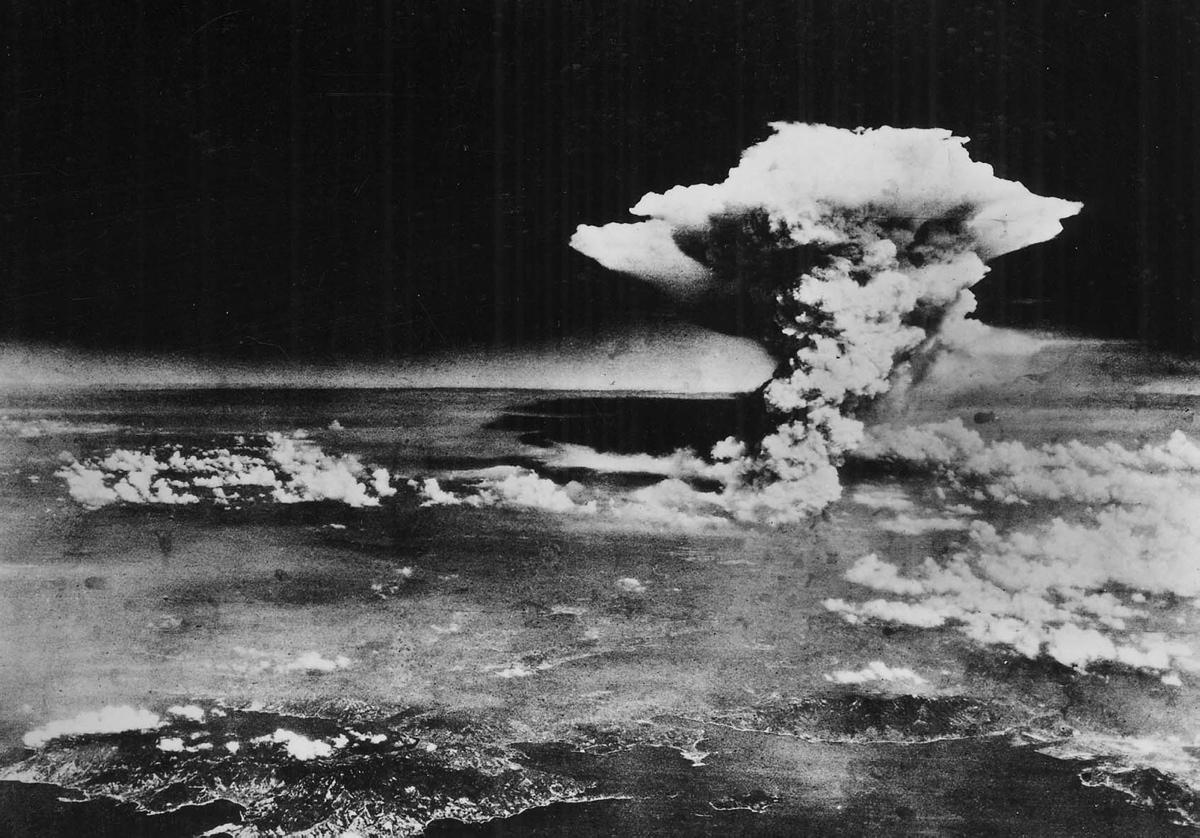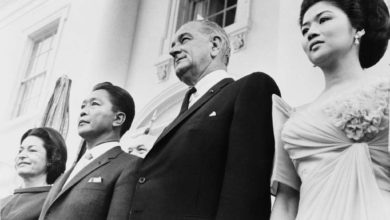 Filipinos now see more clearly the calamitous state of the system. |
In the morning of Sept. 26, tropical storm Ondoy (international codename: Ketsana) pounded Metro Manila and the surrounding regions, dumping a month’s worth of rain in just six hours and causing the most massive flooding seen in the last 40 years.
A week later, super typhoon Pepeng (Parma) hit Northern Luzon, inundating farmland and causing mudslides in the mountainous mining region of Benguet, including Baguio City, a U.S.-designed community.
The human toll from both typhoons stands at 700 and rising.
The devastation was widespread, displacing half a million people, washing away shanty towns in low-lying areas, destroying half of the nation’s rice harvest and exposing the incompetence and inadequacy of the government’s emergency response.
Putting the blame on the poor
The Greater Manila Area can be considered a small basin. But what is unique with Manila is that it is geographically book-ended by two great bodies of water: the China Sea on the east and the Pacific Ocean on the west. The experts say that with more than a couple of major rivers and hundreds of tributaries that cut across the city—if there was sound management of the run-off and drainage system—the flooding should not have been so severe.
Instead of providing rational solutions, government officials and private business groups were quick to point their fingers at “illegal” settlers.
According to the government’s official survey, about 70,000 families in the greater Manila area live in makeshift squatter communities that block waterways, exacerbating problems with drainage and sewer systems. Independent observers and NGOs put the number of families at six figures.
Farmers, mostly landless and poor, have been driven into the heavily congested metropolis in search of livelihoods. A great number of them were victims of the government anti-insurgency campaign in the countryside or displaced by conversions of farmlands into commercial and housing projects and even into posh recreational areas such as golf courses and resorts that cater to wealthy tourists and the local bourgeoisie.
One area that attracts attention on the question of the “squatter problem” is the region in the vicinity of Laguna Lake—the biggest natural lake in the country—only a few miles southeast of Manila City proper.
The Laguna Lake Development Authority blames the 1.32 million mostly “illegal settlers” who live along the banks of the lake, constricting its capacity to absorb run-off water and hence flooding outlying districts.
“Instead of blaming the situation on residents and small fisher folks living in the coastal areas of Laguna de Bay, the government should look deeper into their policies and the vast hectares of fish pens it granted to corporations,” said Party-list Rep. Rafael Mariano of Anakpawis. (PhilStar, Oct. 9)
The corporate fish pens Mariano alluded to produce farm-raised “bangus” (milkfish), a $15 million a year export industry. Laguna Lake is the number-three producer of bangus in the Philippines after Pangasinan and Taal.
To mitigate the problem of flooding, LLDA floated the idea of evicting the remaining settlers along the shoreline of Laguna and barring displaced residents from coming back. There is also a proposal to erect permanent walls and post armed guards to fend off squatters.
Once again the Philippine bourgeois state’s answer to extreme poverty: militarization!
The Philippines has long been dominated by foreign capital, especially under the direction of U.S. imperialism, that has forced the economy and workers to prioritize production and the utilization of natural resources for super-exploitation by foreign mineral, agricultural, timber and fishing companies, among other industries.
Rampant corruption and capitalist greed
The devastation brought about by typhoon “Pepeng” in Northern Luzon and part of Central Luzon—the breadbasket of the Philippines—was made worse by years of illegal mining and deforestation.
“The reasons for the degradation of our forests are corruption and our own shortcomings,” admitted Secretary Lito Atienza of the Department of the Environment and Natural Resources in a New Year’s message. (Asian Journal, February 2009)
“Corrupt environment personnel were behind the massive deforestation in the country,” Atienza continued.
He did crack down but only nettied small operators and “kaingeros,” or poor homesteaders.
Al Garcia, regional coordinator of Alliance for Just and Lasting Peace in the Philippines, commented in a phone interview:
“The government knows very well who the big culprits are. Most of them are walking away from their crime unscathed. In the past, DENR was quick to go after small operators, even poor little farmers who cut a tree here and there to feed their starving families. Big businesses with political connections were untouched.”
Garcia also represents the Sagip Tulong sa Pilipinas, an organization formed to help disaster victims in his home country. He continued:
“Why don’t they go after ruling elite politicians like Senator Juan Ponce Enrile, who owns San Jose Timber Corporation—the biggest violator of logging laws in the country?
“But to confront companies like San Jose Timber is tantamount to initiating an open rebellion in the Philippines. Senator Enrile wields enormous political power and still can garner unquestionable loyalty from some elements in the military. As a secretary of national defense, he was one of the main architects of the dreaded Marcos’ Martial Rule, which butchered tens of thousands of political activists.
“Thirteen landlord families own or have the rights to the majority of arable and mineral land in the Philippines. Most of them if not all have stakes in major lumber and mining concessions. To go head to head with Enrile and company constitutes a major struggle even for the organized left. ‘Marami diyan namumundok na lang’ (many took their struggle into the jungle).”
A failing system
The cost of failure of a system that puts more emphasis on pursuing profit for a few rather than the welfare of the many will always manifest in the horrific number of casualties from flooding and landslides that accompany typhoons and even a slight rain.
In the past, the Philippines has witnessed spectacular results of such failure.
On the morning of Feb. 17, 2006, a devastating landslide, at a terrifying speed, sent a wall of mud and boulders tumbling down the mountain wiping out the entire village of Guinsaugon. Nearly every man, woman and child in this farming community of 1,857 in Leyte on the Philippines’ eastern region perished. Only around 15 percent of the residents survived. (AFP, CNN, BBC, Feb. 20, 2006)
Based on expert assessments from private and public forestry and environmental agencies, the culprit was a decades-long combination of illegal logging and mining in the mountains of Guinsaugon.
There were similar landslides at the end of 2004 and 2003, both directly linked to illegal logging and mining.
In December 2004, more than 1,000 people died when massive flooding and mudslides hit the eastern Quezon province in the northern region of the Philippines.
In December 2003 in the same province as Guinsaugon, in southern Leyte, landslides claimed the lives of more than 200 people.
And in 1991, illegal logging was also blamed for one of the deadliest disasters in the history of the Philippines, when floods and landslides killed more than 5,000 people in the city of Ormoc in the southern part of Leyte.
State of calamity
As the Philippines struggles to recover from the devastation brought on by typhoons Ondoy and Pepeng, many Filipinos are seeing the depth of the calamitous state of the system and questioning if full recovery will ever be possible.
“I was shocked to learn that we have no money to rehabilitate this much damage. Although the DPWH has a P6 billion budget for road maintenance, not a peso has been released,” lamented newly installed Department of Public Works and Highway Secretary Victor Domingo. (Manila Bulletin, Oct. 26)
It is common knowledge that big appropriations are a regular target of greedy public officials starting from the presidential office all the way down to the local government unit. Emergency relief money is not sacrosanct.
A P140 billion ($3.1 billion) presidential discretionary fund that was supposed to be in the hands of President Arroyo and could be used for emergency relief operation is nowhere to be found, not surprisingly. (The Daily Tribune, Oct. 10)
“There was a massive failure in government and the direction of management response,” claimed Mario Taguiwalo, head of the National Institute for Policy Studies think tank. “The root cause is you have a government whose predominant preoccupation is with graft and corruption—how to steal more money from the people.”
At the height of Ondoy’s onslaught, the Coast Guard and the Navy in a country of 7,200 islands and with one of the longest seacoasts in Asia, found themselves with only a handful of rubber boats and light watercraft available for rescue operations in a metropolis of 14 million. It was criminal! Residents of inundated areas of Manila were stranded shivering on rooftops for days without adequate food and clean water. Television images of thousands of Filipinos clinging with their dear lives onto whatever floats were appalling.
While the rich victims of the floods hunkered down in posh hotels and multi-million-dollar vacation homes to weather the calamity, thousands of dislocated Filipinos from flooded poor and working-class neighborhoods are trapped in inadequate evacuation facilities. One such facility in the outskirts of Manila was reported having only one operating bathroom per 3,000 refugees. (Manila Bulletin, Oct. 10)
As of late, residents of still flooded areas are facing an outbreak of waterborne diseases like dysentery and dengue fever. So far, 150 people have died just recently, and the number could climb according to health department officials.
The Philippines should not have to endure such rampant negligence by an anti-people U.S.-backed government. Workers should join hands with the people of the Philippines to demand full relief and aid now!




